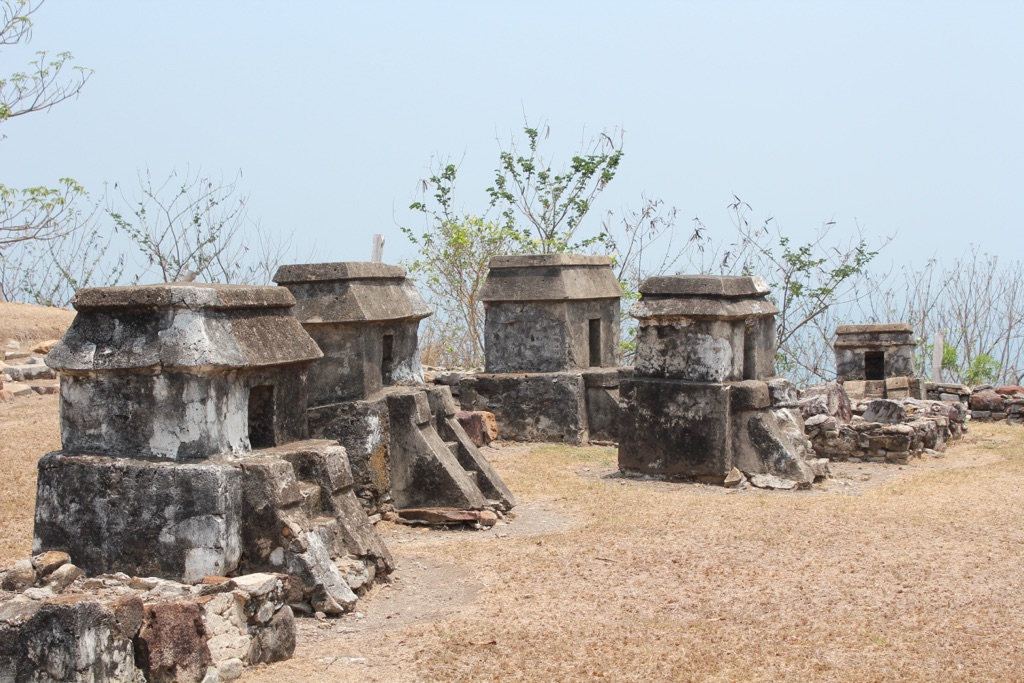Summary
The Cultural Significance of Quiahuiztlan
Quiahuiztlan is a notable historical site that stands as a witness to rich cultures from the past. It was once an ancient city-state, home to the Totonac people. Perched on the Gulf Coast of Mexico, it offers a glimpse into pre-Columbian history. The site includes impressive ruins set against green landscapes and clear blue skies. Travelers here feel a profound connection to its history. The Totonacs had a strong belief system and developed unique building techniques, evident in the site’s architecture. Quiahuiztlan tells the story of a civilization deeply connected to its land and deities. Its totemic temples and ceremonial plazas speak volumes about the people who thrived there.
Get your dose of History via Email
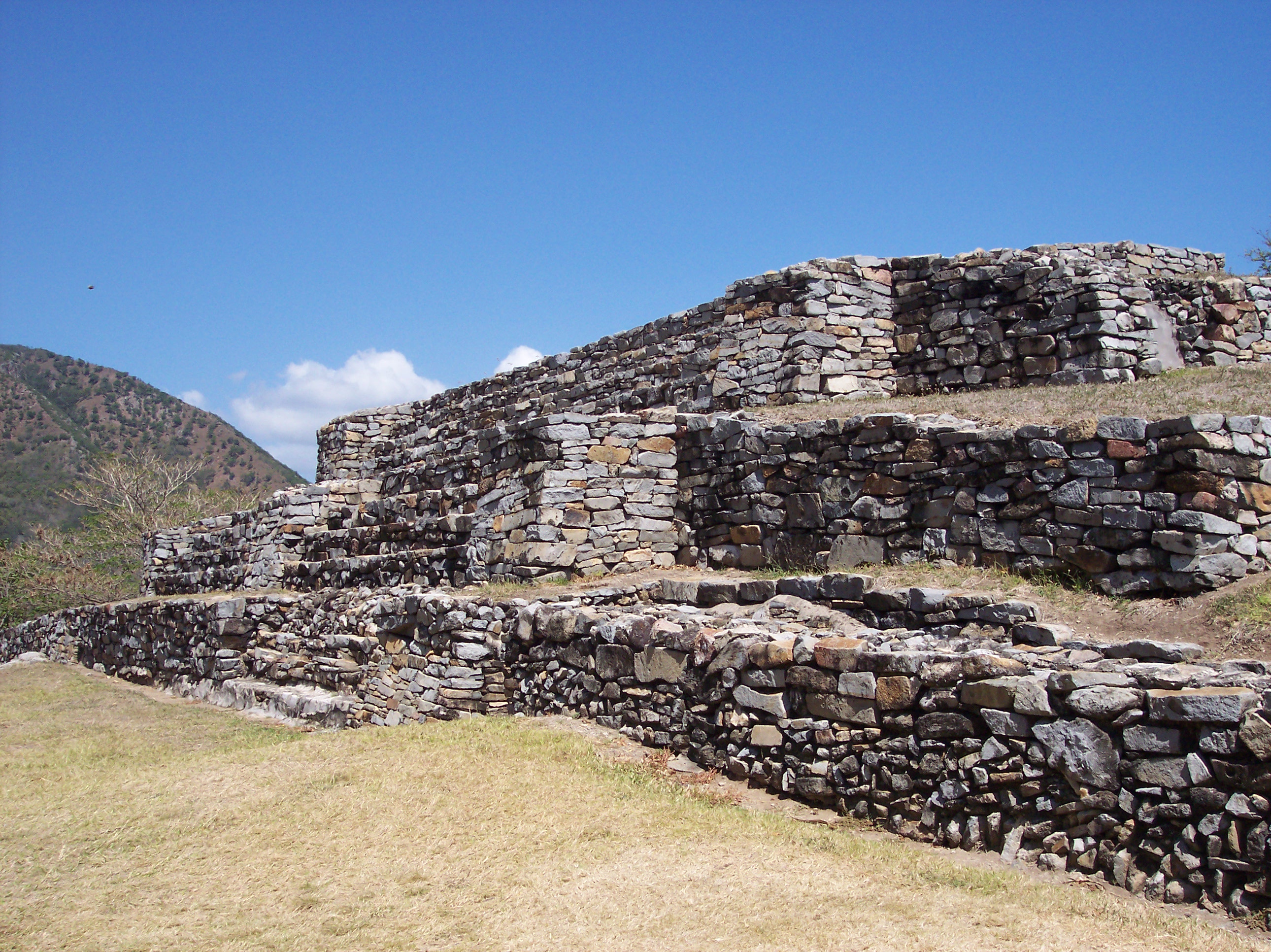
The Archeological Features of Quiahuiztlan
Archeologists and historians hold Quiahuiztlan in high regard due to its well-preserved structures. Visitors can explore the Fortress Area, where defense systems once stood. The Gran Acropolis offers an insight into grandiosity. It’s a primary attraction displaying the site’s strategic urban planning. The area known as The Cemetery is especially haunting. It contains multiple tombs carved into the hillside, representing the community’s approach to life and death. Discovering the ancient ball courts is like stepping back in time. Visitors can imagine the bustling life and elaborate rituals that once took place there. These features make Quiahuiztlan a must-visit for anyone interested in Mesoamerican history.
Quiahuiztlan Today: A Journey for Modern Explorers
In today’s world, Quiahuiztlan stands as an open window to the past for modern explorers. It has become a place of education and enlightenment. Visitors are drawn to its timeless beauty and historical gravitas. The site’s management ensures the preservation of its integrity. Nature trails and guidebooks make it accessible while maintaining respect for the grounds. As visitors walk the paths once trodden by ancient peoples, they reflect on the continuity of human history. The site’s preservation efforts protect these stories for future generations. Quiahuiztlan is more than ruins; it’s a heritage site where history speaks to those who listen.
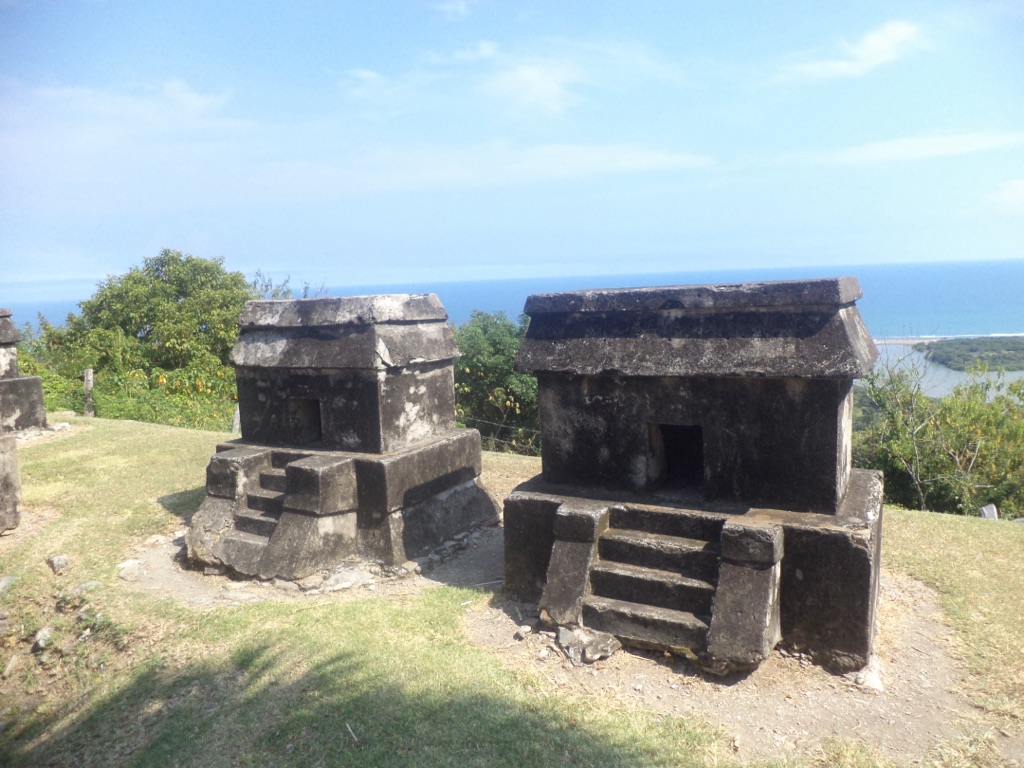
Historical Background of Quiahuiztlan
Quiahuiztlan: A Center of Totonac Civilization
Quiahuiztlan holds a place of pride in the history of the Totonac people. Located on the Gulf Coast of Mexico, it served as a notable city-state. Its name, meaning “place of the rain,” reflects its connection to natural elements. The Totonacs developed Quiahuiztlan into a thriving community. They built it before even the Spanish conquest took place. The site today offers a panoramic view of the ocean. The position, high on a cliff, shows the strategic minds of its ancient inhabitants. It also reveals their architectural prowess and understanding of the landscape.
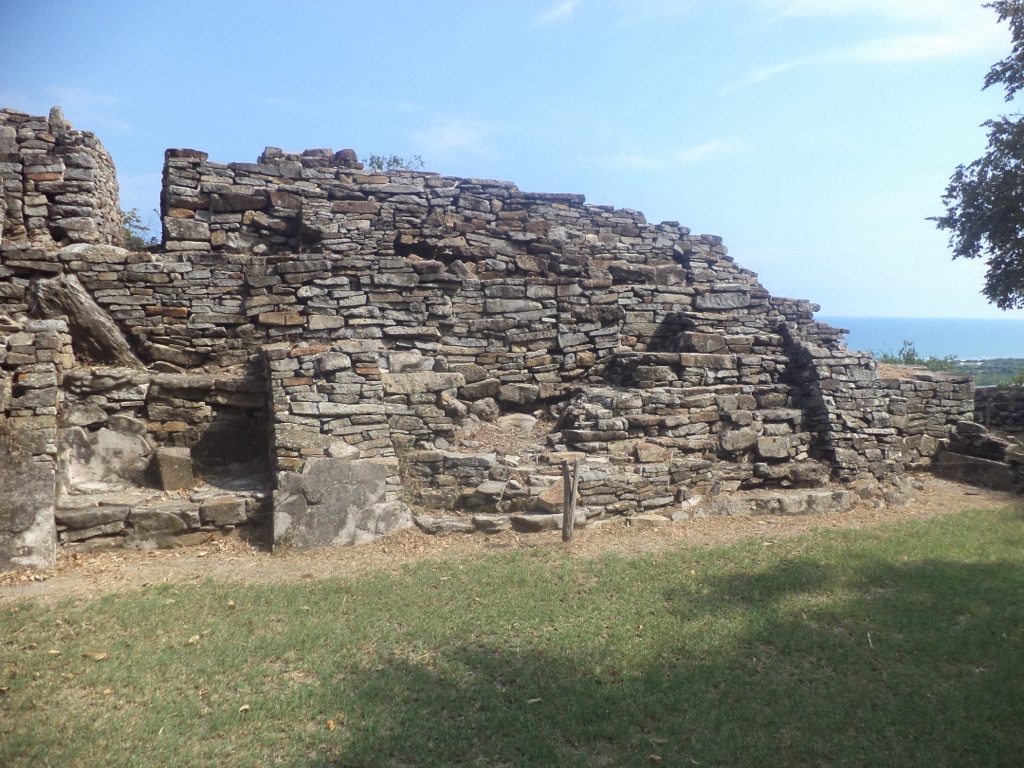
The Religious Significance of Quiahuiztlan
The religious life at Quiahuiztlan was rich and complex. The Totonacs built several temples and altars there. These sites were central to their spiritual practice and region-wide influence. Rituals and celebrations took place that showed respect to their deities. One can still sense the sacred atmosphere at Quiahuiztlan. It’s in the ruins and the way they integrate into the natural surroundings. The people’s beliefs were so strong that their cultural practices continue to inspire awe.
Understanding Quiahuiztlan’s history offers insight into the broader context of Mesoamerica. The city was an economic hub for the region. This was during both the Totonac era and under later Aztec domination. Its role as a trade center meant that cultural influences mingled within its walls. Products like vanilla and cotton were likely traded here. This trade ties Quiahuiztlan to a larger network of pre-Columbian trade routes.

Spanish Conquest and Quiahuiztlan
The arrival of the Spanish at Quiahuiztlan marked a turning point in its history. The conquistador Hernán Cortés landed nearby in the 16th century. He encountered an organized and established Totonac society. The Totonacs at Quiahuiztlan allied with Cortés against the Aztecs. This alliance was key to the Spanish conquest. The once vibrant city of Quiahuiztlan experienced mixed fortunes under Spanish rule, eventually leading to its decline.
Quiahuiztlan today is a site that educates and moves those who visit. Its history speaks of growth, prosperity, spiritual depth, and eventual change. Exploring this site opens up a chapter of human civilization that was nearly lost. It serves as a reminder of the complexity and resilience of indigenous societies. Furthermore, Quiahuiztlan allows us to reflect on the impact of historical events that still shape the world today.

The Discovery of Quiahuiztlan
The Revealing of an Ancient City
The unveiling of Quiahuiztlan to the modern world has a story of its own. The ruins evaded easy discovery for years, hidden as they were by thick vegetation. They lay dormant until eventually, explorers stumbled upon them. In the mid-19th century, this ancient city re-emerged into the public’s consciousness. What attracted people to the site was its unique position. It is set high up, commanding stunning views of the Gulf Coast below.
Initial Documentations
Early accounts pointed to European explorers and scholars. They brought Quiahuiztlan’s existence to wider attention. Notably, it was the descriptive works of explorers like Carl Nebel in the 1830s that detailed the site’s features. These tales sparked curiosity. It led to further excavations and studies that would reveal more about its history. This period marked the beginning of Quiahuiztlan’s journey from obscurity back into historical prominence.
People who chronicled Quiahuiztlan provided invaluable insights into its makeup. They described the fortress areas, the ceremonial centers, and the tombs carved into the hillside. Their findings aided future archaeologists. They preserved the details of the site as it was first found, before modern restoration work began.
Archaeological Interest and Excavations
From the late 19th century onwards, the archaeological community took a keen interest in Quiahuiztlan. Excavations intensified in the 20th century. Researchers uncovered artifacts and structures that added depth to our understanding of Quiahuiztlan. These digs were often painstaking and detailed. They required dedication, revealing the layout of the city and its cultural complexity piece by piece.
Today, due to the painstaking work of many scholars, Quiahuiztlan is recognised fully as a historical treasure. The site educates visitors on the Totonac people and their way of life. It also serves as an important testament to Mesoamerican civilization. Its discovery and excavation have allowed for a much richer appreciation of pre-Columbian history.
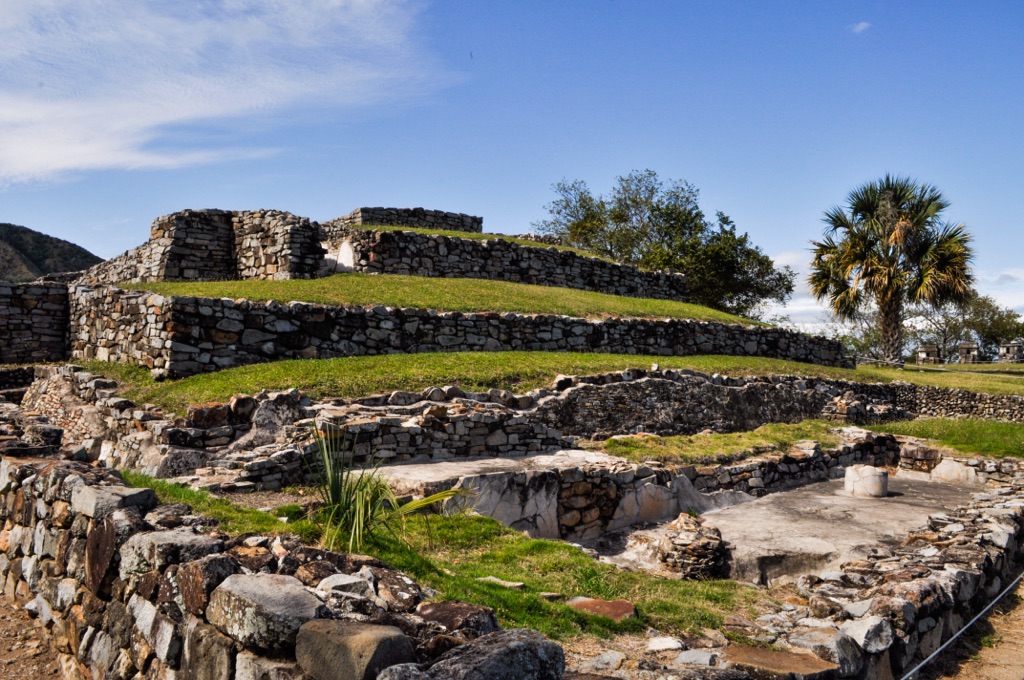
Cultural Significance, Dating methods, Theories and Interpretations
Dating the Ruins of Quiahuiztlan
Unraveling the age of Quiahuiztlan has been fundamental to understanding its history. Archaeologists have employed various dating methods, such as stratigraphy and radiocarbon dating. These techniques analyze material remains and soil layers. This helps establish chronological sequences. Artifacts found at the site often provide clues to approximate dates. They also give a sense of how long the site was occupied. By analyzing these pieces of the past, scientists can construct timelines. This helps to fit Quiahuiztlan into the broader history of Mesoamerica.
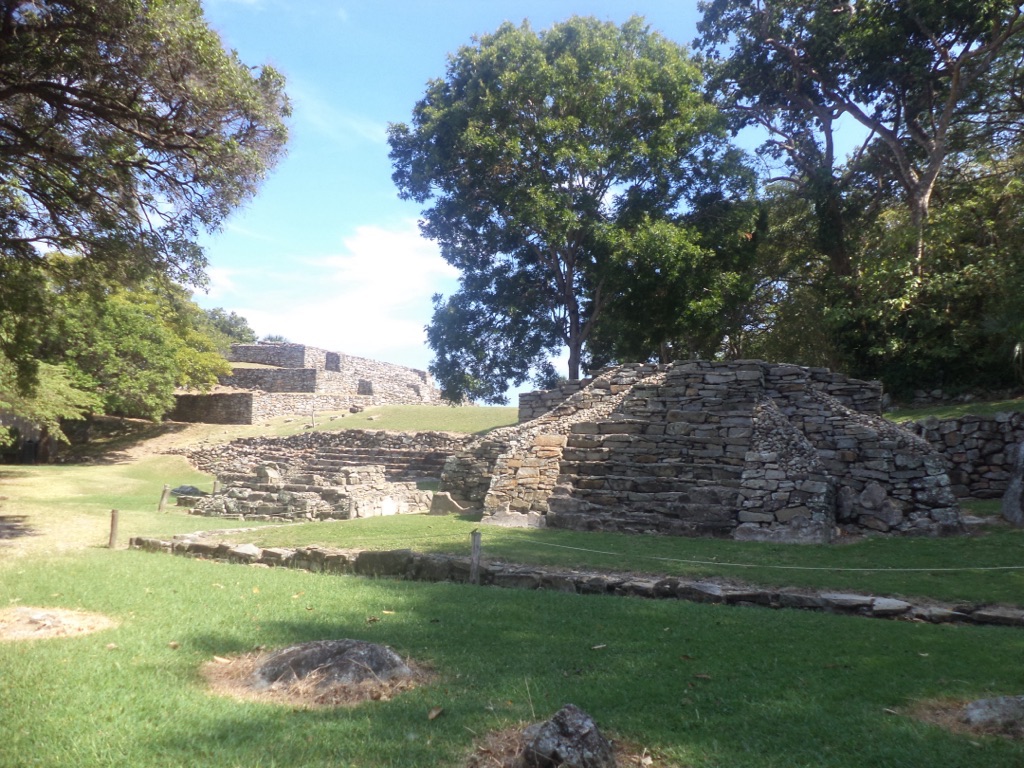
The Cultural Impact of Quiahuiztlan
Quiahuiztlan was more than just a settlement. It was a cultural beacon for the Totonac people. The ceremonial platforms and sculptures depict a society steeped in rich traditions. These structures likely played a role in political and religious ceremonies. Today, they serve as a testament to the Totonac’s artistic and architectural skills. The influence of Quiahuiztlan extended beyond its immediate locale. It played a significant part in the trade networks and cultural exchanges of the region.
There are several intriguing theories surrounding Quiahuiztlan. Some suggest it was a sacred place, with strong celestial alignments in its construction. These ideas propose that the Totonacs may have used the site for astronomical observations. Others believe that the site’s positioning high on cliffs was for strategic defense. The truth is likely a combination of these theories. It underlines Quiahuiztlan’s importance both as a sanctuary and a stronghold.
Interpreting the Architecture and Iconography
Interpretations of the site often focus on the distinct architecture and iconography of Quiahuiztlan. The tombs carved into the cliffs are unique to the region. They resemble ancient towns and provide insights into the Totonac’s beliefs regarding the afterlife. Depictions of gods and symbols indicate a complex religious life. They also show interactions with other Mesoamerican cultures. These interpretations grow richer with each new discovery at the site, gradually piecing together the vibrant tapestry of Quiahuiztlan’s past.
While much has been uncovered, Quiahuiztlan still holds many secrets. Ongoing research and new techniques may further illuminate our understanding of this historical gem. As we decode its mysteries, the site continues to captivate and educate. It is a bridge between the ancient and modern worlds. For now, it remains a poignant reminder of the profound legacy of the people who once called it home.
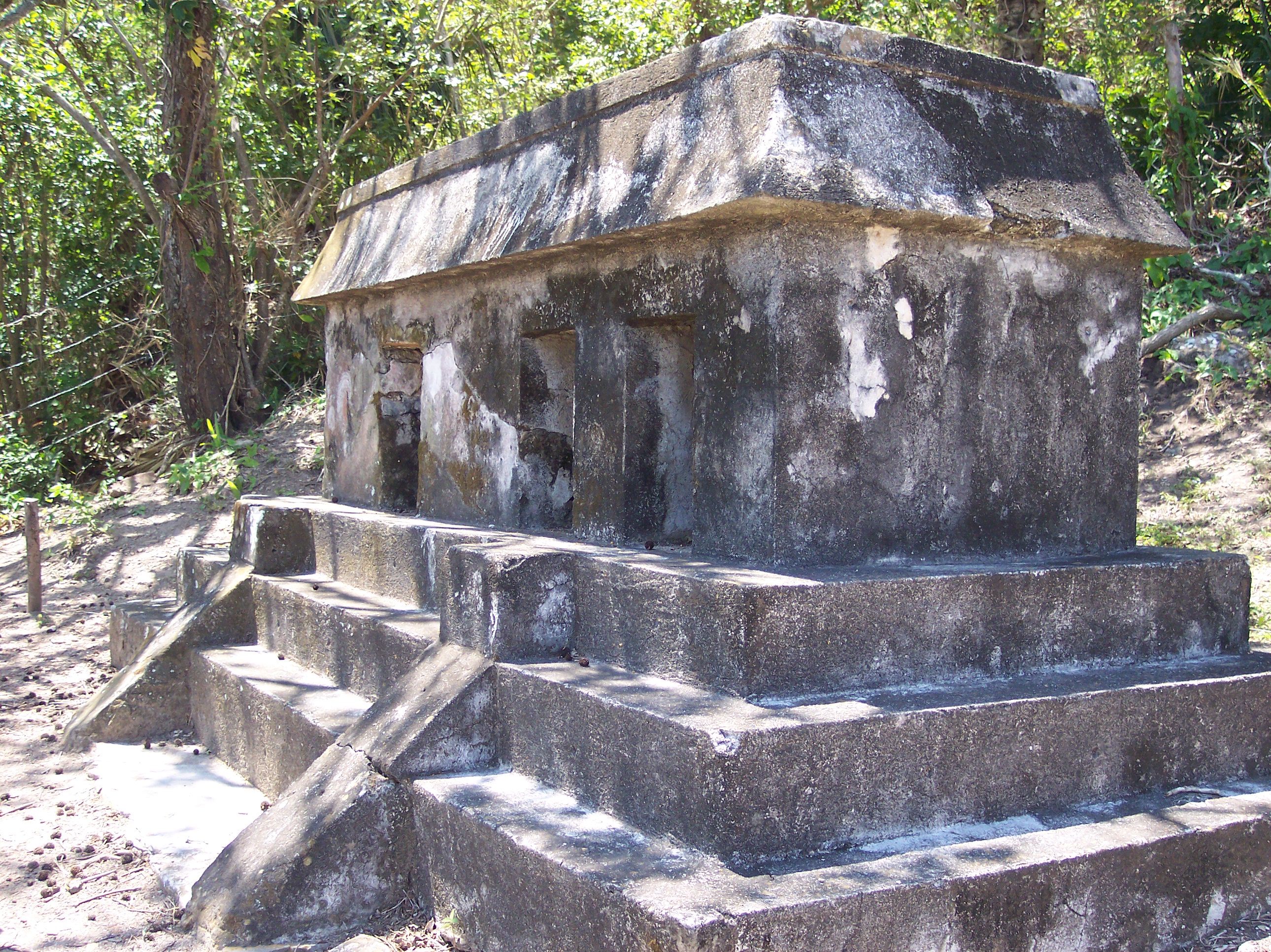
Conclusion and Sources
In conclusion, Quiahuiztlan stands as a monumental site that bridges the ancient and the contemporary worlds. Its discovery and ongoing study provide valuable insights into the Totonac culture and Mesoamerican history. The examination of artifacts, dating methods, and architectural analysis has enabled a deeper understanding of this civilization. Quiahuiztlan’s significance continues to be appreciated, both for its historic value and its ability to educate and inspire current and future generations. As research progresses, it enhances our perception of the rich cultural legacy that Quiahuiztlan represents.
Smith, J. (2010). ‘Pre-Columbian architectures of Mesoamerica’, History Press, Cambridge, pp. 120-145.
Jones, L.R., & Martinez, K. (2015). ‘Totonac culture: A study of the pre-Columbian era and its legacy’, Oxford University Publications, New York, pp. 78-102.
Garcia, N. (2019). ‘From ruins to revelation: Unearthing Quiahuiztlan’, Journal of Archaeological Science, 46, pp. 32-56.
White, R. J. (2007). ‘Dating techniques in archaeology and paleoanthropology’, Annual Review of Earth and Planetary Sciences, 35, pp. 679-700.
Ramirez, S., & Delgado, M. (2014). ‘Trade networks and economic exchange in Mesoamerica: The case of Quiahuiztlan’, Journal of Economic History, 65(2), pp. 380-402.

